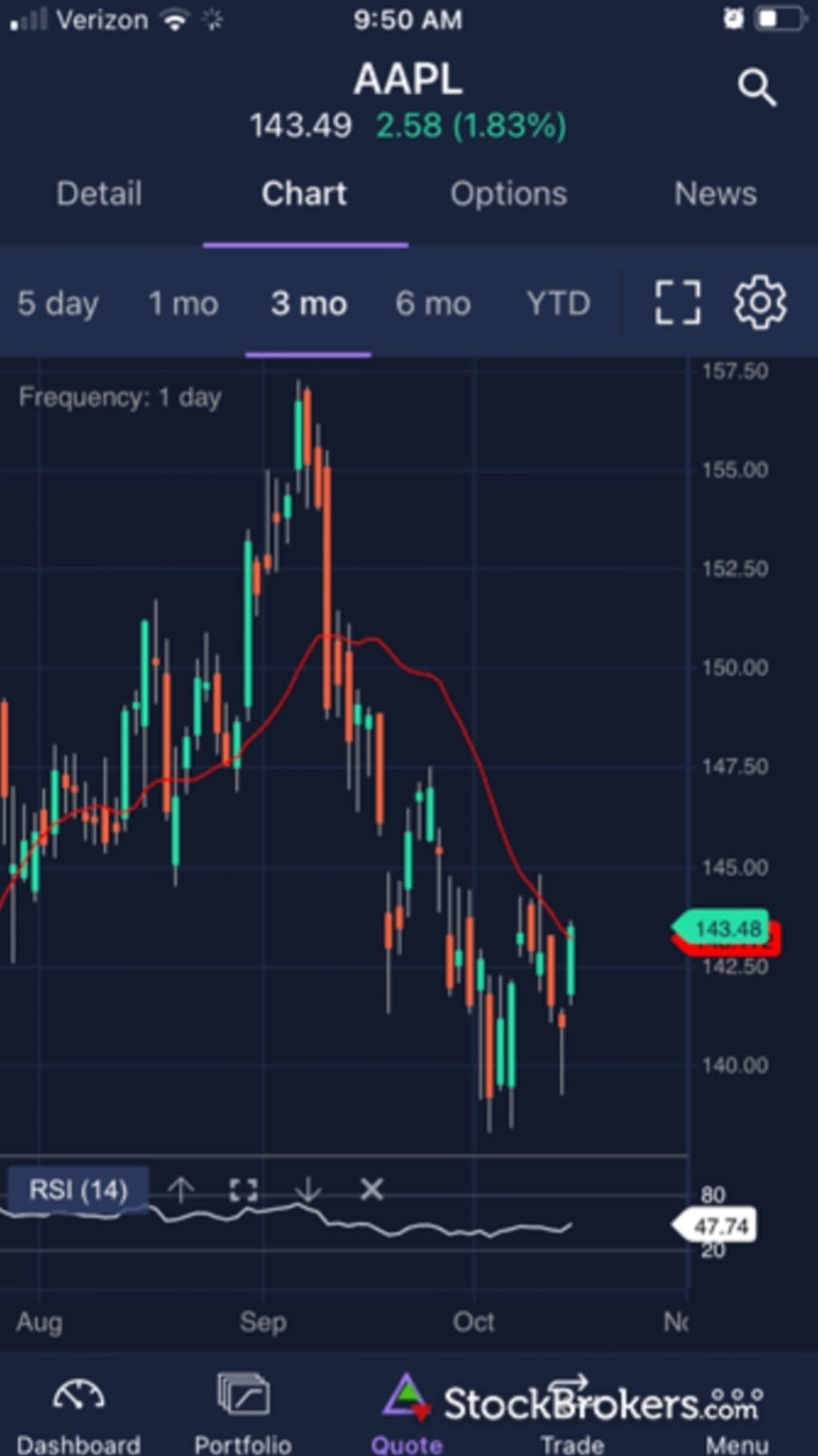How to invest in trading app
"6 Steps to Getting Started with Investing in a Trading App"

Investing in a trading app can be a great way to get started in the world of investing. Here are some steps you can follow:
Research trading apps: Do your research and choose a trading app that is reputable and has a good track record. Read reviews and ratings from other investors to get an idea of what to expect.
Open an account: Once you have chosen a trading app, open an account with them. This usually involves filling out an online application and providing some personal information.
Fund your account: You will need to transfer funds into your trading account to start investing. Most trading apps allow you to link your bank account and make deposits and withdrawals easily.
Choose investments: Decide what types of investments you want to make, such as stocks, bonds, or ETFs. Many trading apps offer a range of investment options to choose from.
Place your trades: Once you have decided on your investments, place your trades through the trading app. You can set your own investment goals and risk tolerance.
Monitor your investments: Keep an eye on your investments and make adjustments as necessary. Stay up-to-date with market trends and news that may affect your portfolio.
Remember to always do your due diligence and research before investing, and be aware of the risks involved. It's also a good idea to consult with a financial advisor before making any investment decisions.
How to find best revenue stock
Finding the best revenue stocks requires careful analysis and research. Here are some steps you can follow:
Identify companies with strong revenue growth: Look for companies that have a history of consistent revenue growth. You can find this information by looking at the company's financial statements or researching financial news websites.
Look for companies with sustainable revenue growth: Make sure the company's revenue growth is sustainable. A company may have a spike in revenue due to a one-time event, but that doesn't necessarily mean it will continue to grow at the same rate.
Analyze the company's industry and competition: Analyze the company's industry and its competition to determine if it has a competitive advantage that allows it to generate more revenue than its competitors.
Consider the company's financial health: Look at the company's financial health, including its debt levels and cash flow. A company with high debt levels or poor cash flow may struggle to sustain its revenue growth.
Evaluate the company's management team: Consider the experience and track record of the company's management team. Strong leadership can help a company maintain its revenue growth over the long term.
Use financial metrics: Use financial metrics such as price-to-earnings ratio (P/E ratio), price-to-sales ratio (P/S ratio), and return on equity (ROE) to compare revenue stocks and identify the most attractive investment opportunities.
Remember that investing in the stock market always carries risk. It's important to diversify your portfolio and do your due diligence before making any investment decisions. Consider consulting with a financial advisor to help guide your investment strategy.
When we sell the stock
When you sell a stock, you are essentially liquidating your ownership in the company and selling your shares to another investor. Here are some key points to keep in mind when selling stocks:
Determine the reason for selling: Before selling a stock, you should have a clear reason for doing so. This could be because you need the money for a specific purpose, you have reached your investment goals, or you believe the stock's price has peaked.
Choose the right time to sell: Timing is important when selling stocks. You want to sell when the stock is at its highest possible value, but predicting the market is not always easy. Consider the stock's historical performance, current market conditions, and any news or events that may impact the stock's value.
Decide how many shares to sell: Determine how many shares you want to sell based on your investment goals and financial needs. You may choose to sell all of your shares, a portion of them, or none at all.
Place a sell order: You can place a sell order through your brokerage account, either online or through a broker. Be sure to set a price that you are comfortable with and monitor the order until it is executed.
Pay attention to tax implications: When you sell a stock, you may owe capital gains taxes on any profits. Consult with a tax professional to understand how selling stocks may impact your tax situation.
Remember that selling stocks involves risks, and the value of your shares can go up or down. It's important to do your research, consider your investment goals, and make informed decisions when selling stocks.
About the Creator
Tamil Paiyan
Hi guys iam from kanniyakumari,Iam show you how much kanniyakumari is beautiful
Enjoyed the story? Support the Creator.
Subscribe for free to receive all their stories in your feed. You could also pledge your support or give them a one-off tip, letting them know you appreciate their work.





Comments (1)
Gud story